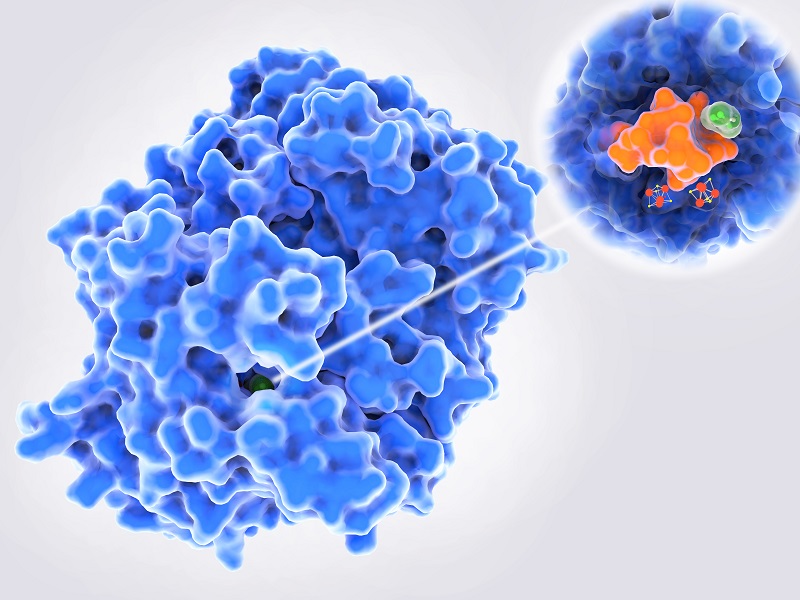How enzymes are able to achieve enormous rate enhancements remains a central question in biology. Our understanding on this to date has defined the drug development and even our appreciation for evolutionary process……….Safely we can say that the term active site is the heart of Enzymology subject…and ….I think most of you would agree to that………All of you know………Active site is the region of an enzyme where the substrate molecules would bind and later undergo a chemical reaction. Most of us in the field of Biochemistry definitely know that these active sites are made up of various amino acid residues….but it is really phenomenal to even imagine how was it determined for sure???????????……….
Various methods are available for the identification of these amino acids at the active site……Affinity labels, X-ray diffraction and Site directed mutagenesis are the most common ones……….. Here I would like to share some information on the two X-ray crystallographic approaches that have recently emerged and was published in PNAS (Yabukarski et al., Proc Natl Acad Sci U S A. 2020 Dec 29; 117(52): 33204–33215) which can provide experimentally-derived conformational ensemble information: High-sequence similarity Protein Data Bank (PDB) structural ensembles (pseudoensembles) and multiconformer models from X-ray data obtained at temperatures above the protein’s glass transition (“room temperature” or ”RT” X-ray diffraction). They are both complementary in nature. Pseudoensembles provide information about coupled motions (residues that move in concert) and unfortunately necessitate dozens of structures. However using the RT X-ray, data from single crystals can provide multiconformer models. This would enable the presenting of collaborative evidence about new complexes and mutants, but do not provide direct information about coupled motions. Furthermore, RT X-ray studies provide direct information about equilibrium distributions without cryocooling, which can alter and quench motions, and without assuming that different cryocooled crystals reproduce an equilibrium distribution of states.
They have used Pseudomonas putida ketosteroid isomerase (KSI) for the study and found that the Feynman concept of “Everything that living things do can be understood in terms of the jigglings and wigglings of atoms” need to be redefined specifically for explaining enzyme functioning. We should know more on how much an enzyme dampens and alters the motions of catalytic residues……… This study based on the ensemble perspective covers traditional structure–function relationships, providing the basis for a new eon of “ensemble–function” cross-examination of enzymes.
Dr.Shinomol George K

